
I have been fishing for over fifty years now, and I still love every moment of it, including the blanks and walking back to the car in the mud and rain. These are the memorable moments and of course, not forgetting, the monster fish I have occasionally caught.
I mainly fish for Barbel in two low stocked rivers near to where I live. Like most people I have a full-time job, so when my day starts, I am like a well-oiled machine. I have my routine, thus in the morning before work I load my fishing tackle into the car and make myself extra sandwiches for down the river after work. On the occasional morning the last thing I feel like doing is fishing, but I know by 16.45hrs I will be up for it, and will regret not loading the car, so pushing myself is a must.
It is a 40-minute drive from work to the river and in the winter, I need to go straight from work as it gets dark early and I will be sat in traffic if I leave it late.
I try to keep my carrying load as light as possible. Tackle wise I keep my tackle as light as I dare with such powerful fish; so it’s important things are well balanced. I rarely use more than one rod, normally a 1lb 8oz Test curve rod with 12lb HydroTuff main line and a light fixed spool reel with a good soft line clip. I have stopped using bait runner reels, instead I prefer to just loosen the clutch as it is less to worry about when I hit into a hard fighting Barbel under the rod top. The only exception is on a rare occasion that I use two rods then I will use Bait runner reels.
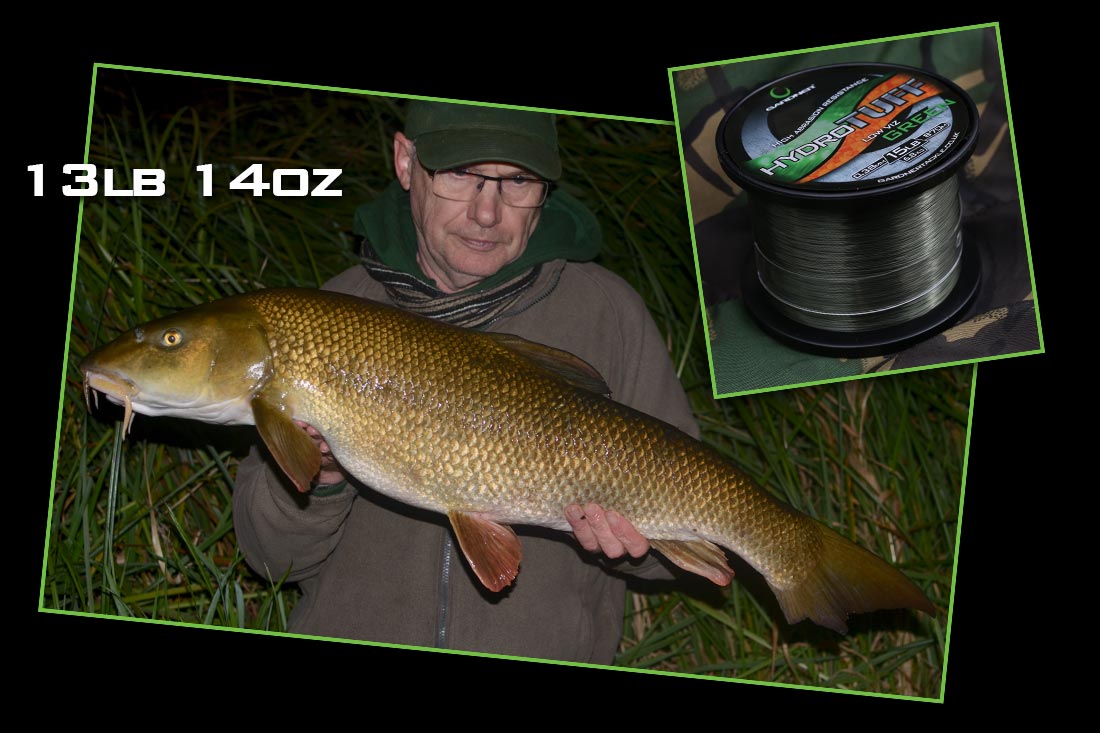
I try my best to stay away from other anglers and to avoid any angling pressure; my general rule is if I see another angler I’ll walk in the opposite direction! On the weekend, I will try and get down the river mid-afternoon and walk the banks, looking for fish or signs of fish. For instance, I am looking for any clean gravel patches that I think may have been cleaned and turned over by Barbel, looking under the margin shelf and under all the nettle beds covering the margins. The more unfishable the better. I look for anything that gives the fish cover, as this is where they will be, or where they slip into at night.
Most of the Barbel I catch have come from around a foot or so from the bank, so I am not looking far out either. I will place a few baits in the areas I fancy and keep popping back to see what turns up. On one occasion during the summer I observed that on one spot, where the gravel or sand was so fine, I could actually see where the fish had taken the bait. I had put bait out in two foot of water and after returning two hours later the bait was all gone. Upon closer inspection I could see where the bait had been sucked out the sand, and even the marks in the sand where the fish’s barbs had rubbed and left a mark. When I find these spots where the gravel has been turned over, I will slowly start baiting them up. When I return to fish these spots, whether they are shallow or deep, I make a point of trying not to look into the water at first. I stay well clear of the water, keeping all my tackle and myself a good distance from the river as I do not want to disturb the swim before I even start. Stealth is key.
I cannot stress how important it is to keep any disturbance down to a minimum. I set my rod up, getting bank-sticks and rigs ready with bait on and Gardner PVA mesh bag attached whilst sat well back from the bank, and only then when I am totally ready, I slowly move into position.
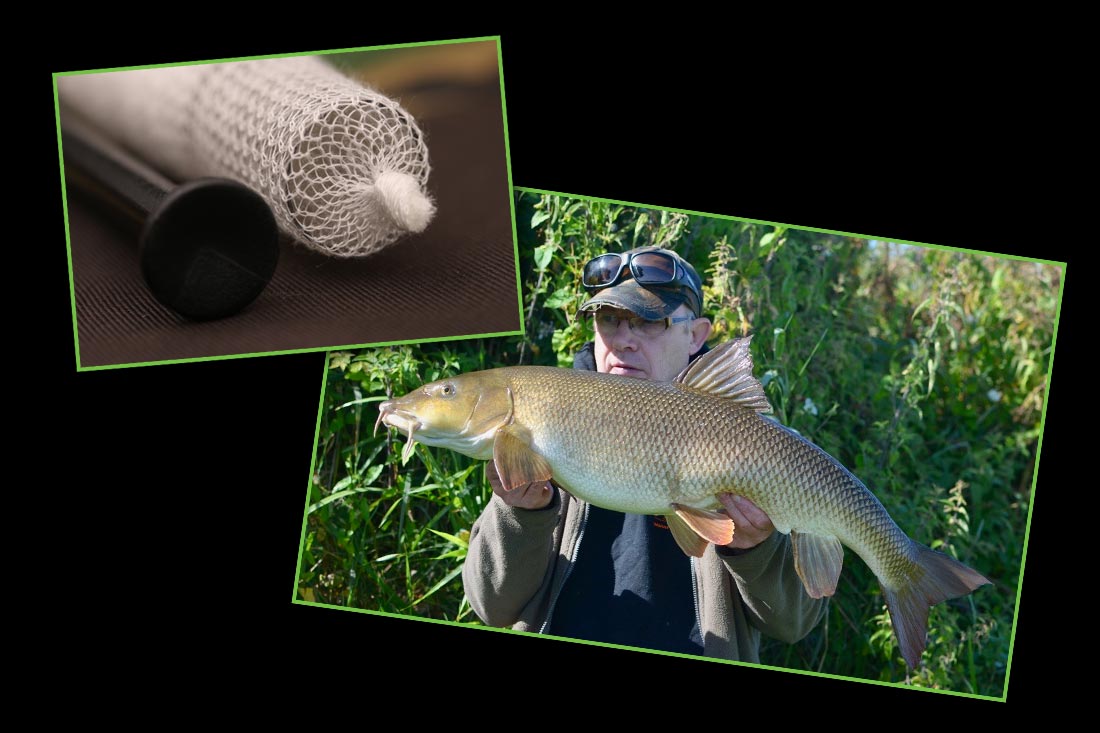
Before lowering the rig in the first thing I do is clear the fish out the way. I do this by dropping four bollies or pellets, one at a time, into the spot where the fish are. This is something I learnt on the Dorset Stour. This four-bait disturbance is often just enough to move the fish just long enough for me to get a baited rig in position, but without totally spooking them. Use no more than four as they may not return, or they may take a long time to do so. This is a tried and tested trick of mine and I use it on every recast.
I always use rock hard baits on the hair to try and keep the minnows and crayfish at bay. There is nothing more frustrating than winding in after period of inactivity and finding your hook bait missing. I use soft baits as free offerings, so they can easily break down if I do over feed. I recast every hour using the four-boilie trick, even in the dark, as you never know what is sat on that little bit of gravel in front of you.
I always fish with my rod tip down as low as possible as I do not see any point in sky-high rods when I am fishing so close in, risking spooking the fish. If I were fishing the far bank, then maybe I would have a high rod set up, but I rarely fish more than a few yards these days. Keeping the rods low also helps to avoid the line picking up any dead weed drifting down across the river. These debris can run down the main line and ruin rig presentation. If needed, to try and combat this, I put two float stops four foot up my main line that helps to trap rubbish away from the rig.
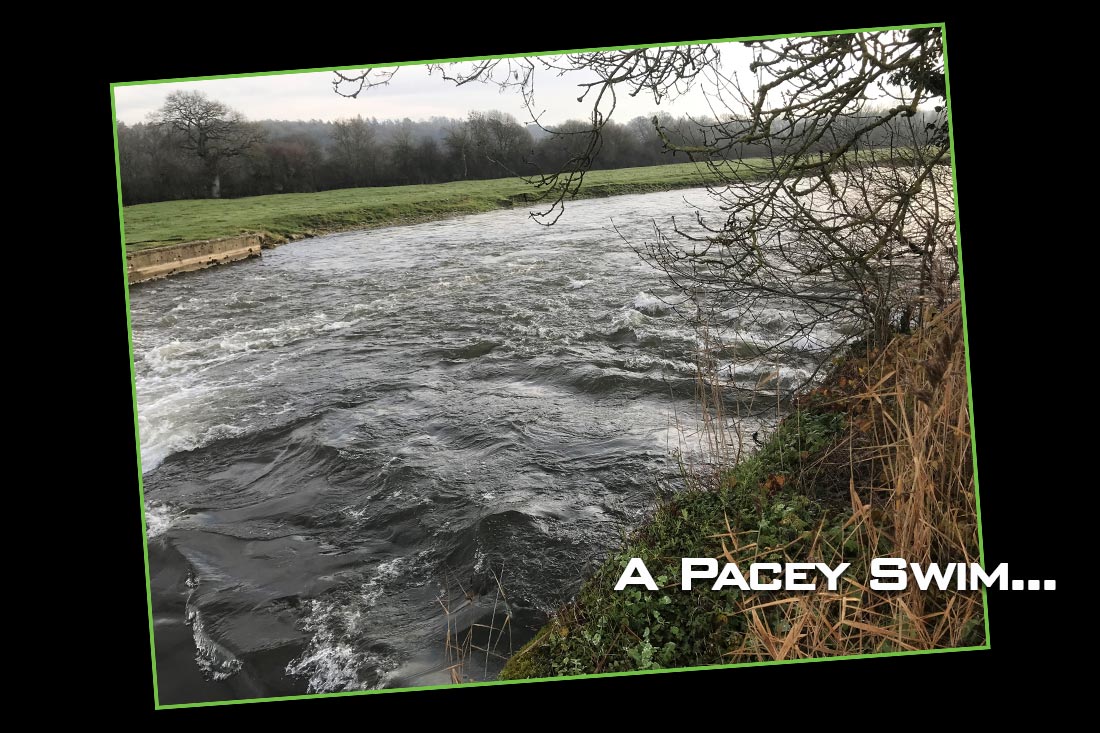

Additionally, I incorporate two methods of using back leads in my barbel fishing. The first uses a removable Gardner Tungsten Flying Backlead that I position above my rig with a single line stop to set the gap. I use these at very short range when I’m fishing over reeds, or in tight swims that are too awkward to be able to clip a back lead on without it catching on nettle beds and reeds and such like in the dark.
The second uses back leads that a friend of mine has made, with a bigger ring on the end. I clip them on the line and then push it over the actual rod tip. Then I can maneuver and actually drop it off the rod tip and slide it into position, preferable onto some gravel in front of me. This is something that works very well in the dark, as I do not want a back lead stuck in the weed, and this allows the back lead to always run free when I hit into a fish.
As most of my fishing is done in the dark, it is important to fish properly at this prime time with as little use of a torch as possible. I’ve noticed most other anglers find it hard to get the perfect cast after dark and therefore avoid casting, or they end up making too many casts or flashing a head torch about. I want my casts (usually under arm swings) to be perfect every time, as I can be fishing on tiny gravel patches mid-river, in and around weed beds.
Constantly using fresh bait in a mesh bag attached gives me a massive advantage, and before every any recast I always clear the swim with the four bait “plop”. I have a note pad with every spot I bait up and the yardages recorded, so I can clip the line on the reel clip after running the line out between two sticks, and by doing this every cast is bang on, day or night. When I first started using this method my catch rate went through the roof as this also allows me to drop into a swim in the dark and with one cast land directly on the hot spot with very little disturbance. Twice now, I have dropped into a swim, and within 20 minutes I have hooked into 15lb+ Barbel.

When you are directly on feeding Barbel, most the time you only get one chance to recast, as any extra casting can destroy the swim. The Barbel on my local river are at times near impossible to find, and spooky when you do find them. If they see you first that is it, you will not see them, and they will be long gone…
On every cast, I feel for the drop, otherwise I could be well and truly wasting my time. You could be dropping the rig down into weed, so make sure the rig and bait hits the spot and then take the line out the clip and loosen the clutch. With everything in position, with the rod and myself well back from the river behind or under cover, it is the time to wait.

I will bait swims and move into them later. Sometimes I use a bait dropper, but mainly use maybe six Micromesh PVA bags loaded with bait. I also prefer to use what I call ‘depth-charges’. This is a few pints of hemp, one pint of Poloni boilie crumb, half a pint of soaked 2mm pellets, Poloni and Krill & Tuna Oil and then mixed up with a method mix. I mainly use Bait-tech Krill and Tuna Method Mix, but also use the Sweet Coconut or the Poloni Method Mixes too. This is then compressed like concrete and made into balls, about the size of cricket balls.
In the wintertime I might start with five balls, then feed more when I’m leaving if I’m planning to come back the next day; and I wouldn’t miss the next few evenings as it will often kick off big time. This depth charge method works a real treat in wintertime, far better than putting boilies in, which can often be the kiss of death at that time of the year. If I want the balls to drop quicker in deeper water, I will put rocks in them. I’m so confident that if I depth-charge, I know I’m going to catch something over the next 3 evenings. I only need one bite, as I am fishing for big fish. These balls are so hard they will slowly break down sending oil and crumbs all over the place, filling the gravel with bait that will take some getting out.
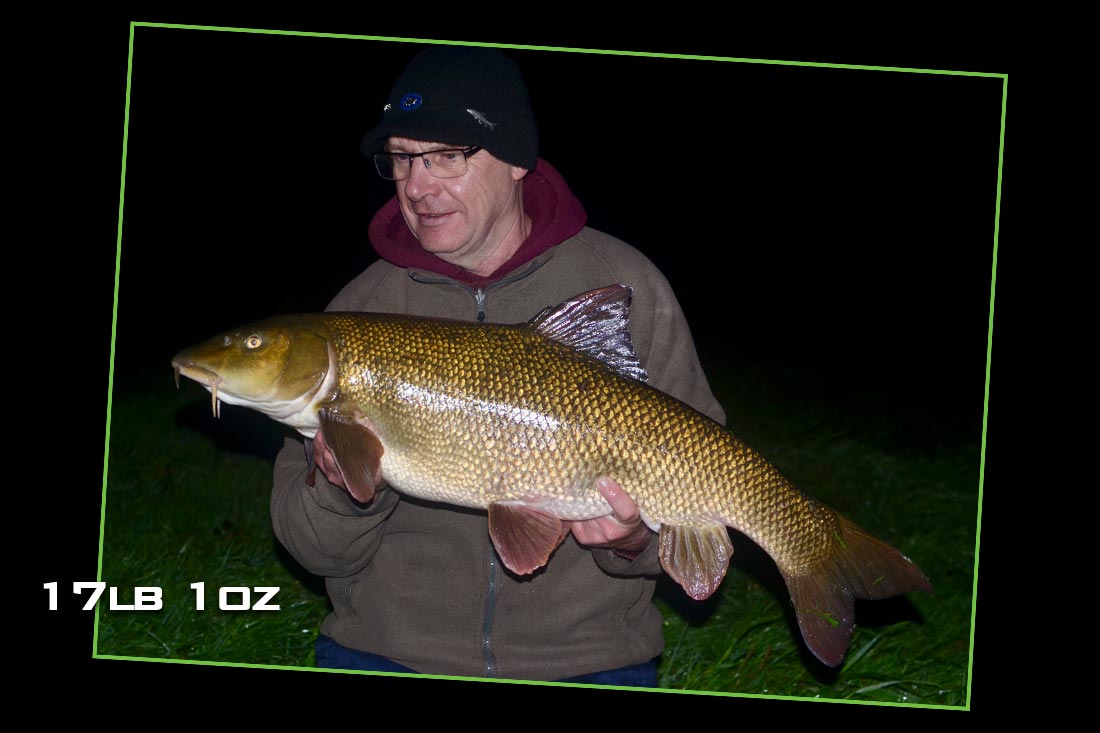
Another one of my favorite methods is compressing the ground bait mix around the lead. I use just a normal lead for this to avoid it sticking to the lead too much, using the same groundbait mix but mixed much softer so it is more or less breaking down as it hits the bottom. This is a devastating method and a killer in the wintertime. If I catch a Barbel within the last hour before I plan to leave, I will re-bait the swim and pack up. It is pointless pressuring the swim, as I want the pod of Barbel to stay in the swim as long as possible.
If I start noticing bite time is getting later, I will start leaving 30 minutes earlier and baiting up as I go. After doing this for at least a few days, I will repeat this packing up and baiting up process but leave my rod out and stay the extra 30 minutes. This can be an effective trick and will often produce the big fish.
I have been using the same rig now over five years, with input from my good friend Danny Holland. I’ve tweaked it over time, mainly changing the materials, but not a lot has changed to be honest as I haven’t found the need, as my catch rate has never dropped where I have felt it necessary to change anything. Yes it’s basic, like all my rigs, but very effective.
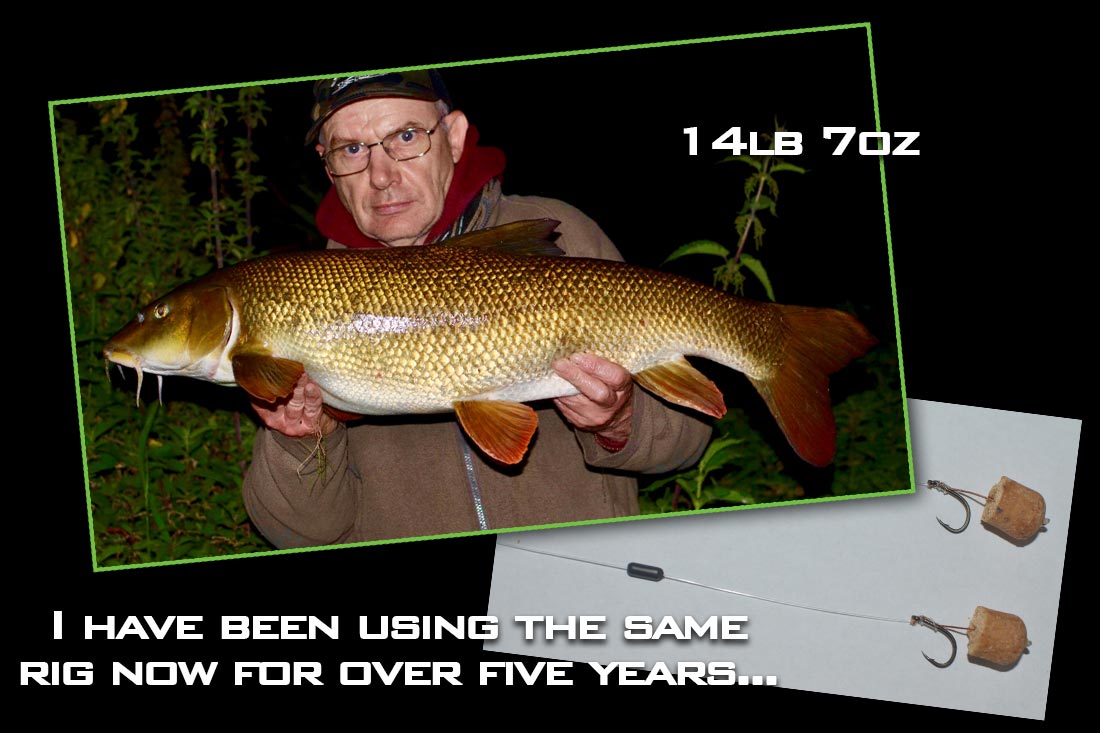
I’ve spent years watching Chub and Barbel shake off braided rigs and that telltale single beep or pull is often the only sign you get that you have been out foxed.
The rig components are as follows: Gardner Trickster Heavy 20lb brown braid as the hair, tied onto a Target Specimen Hook in sizes 10, 12 or 14. The hooklink 8 to 10 inches of Mirage Fluorocarbon and this finishes off with a size 8 or 12 swivel.
If there are chub about then I will mainly go with a size 10 hook. It is very important the hair is just long enough for the hook to lay flat. I know most anglers use longer hairs to avoid chub, but if you do not catch them they will keep clearing the bait, so I am happy to catch the chub.
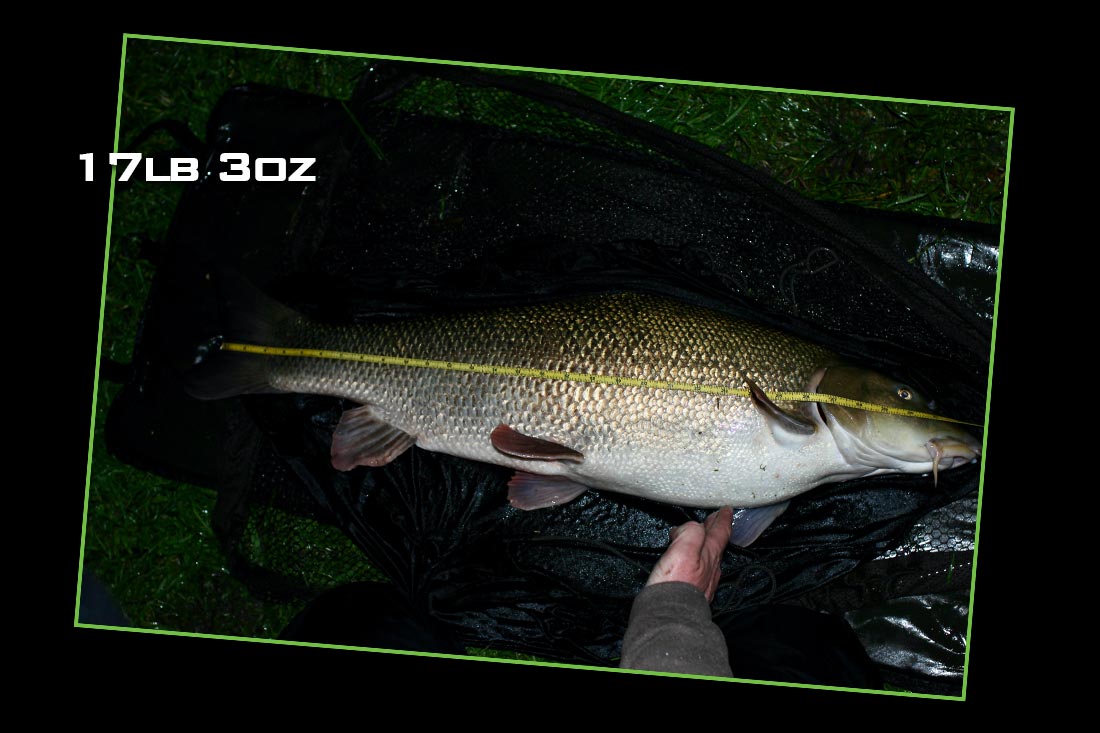


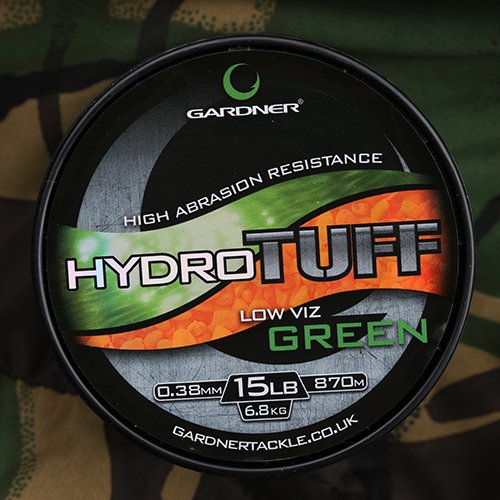
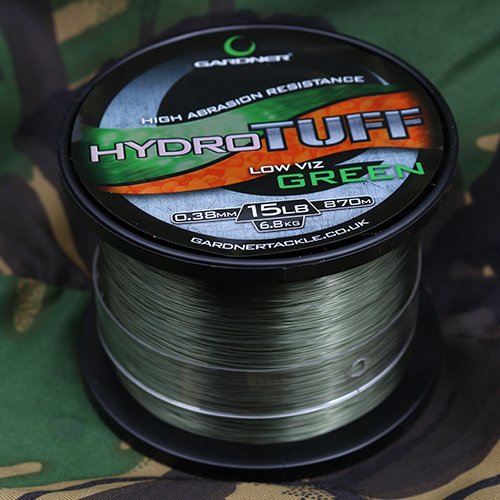
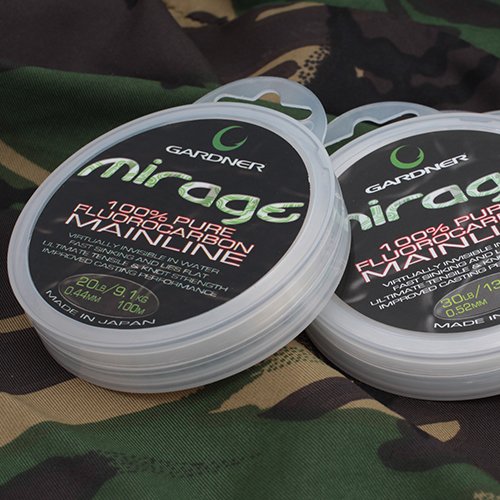
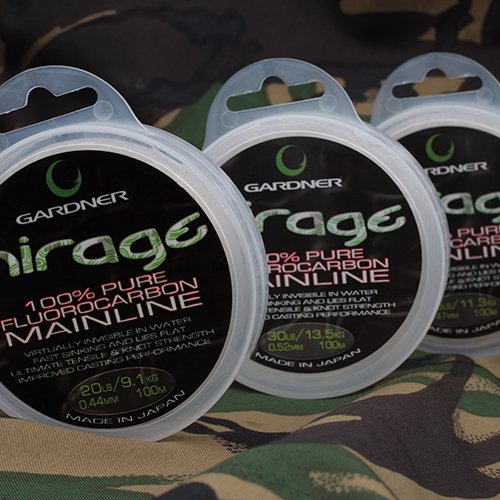


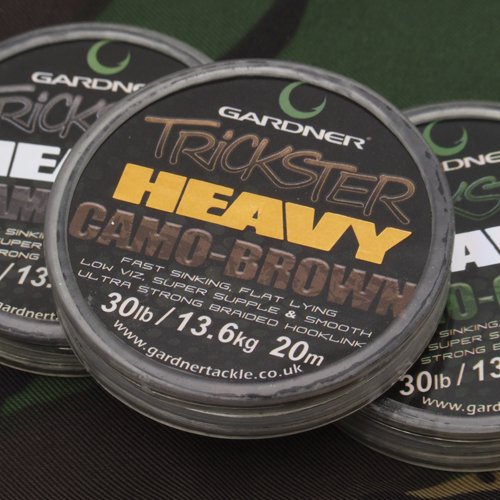
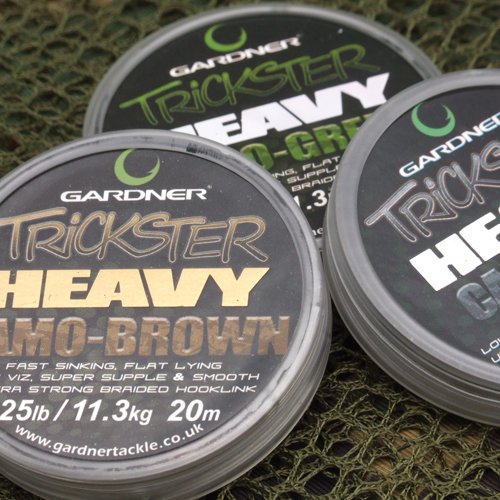
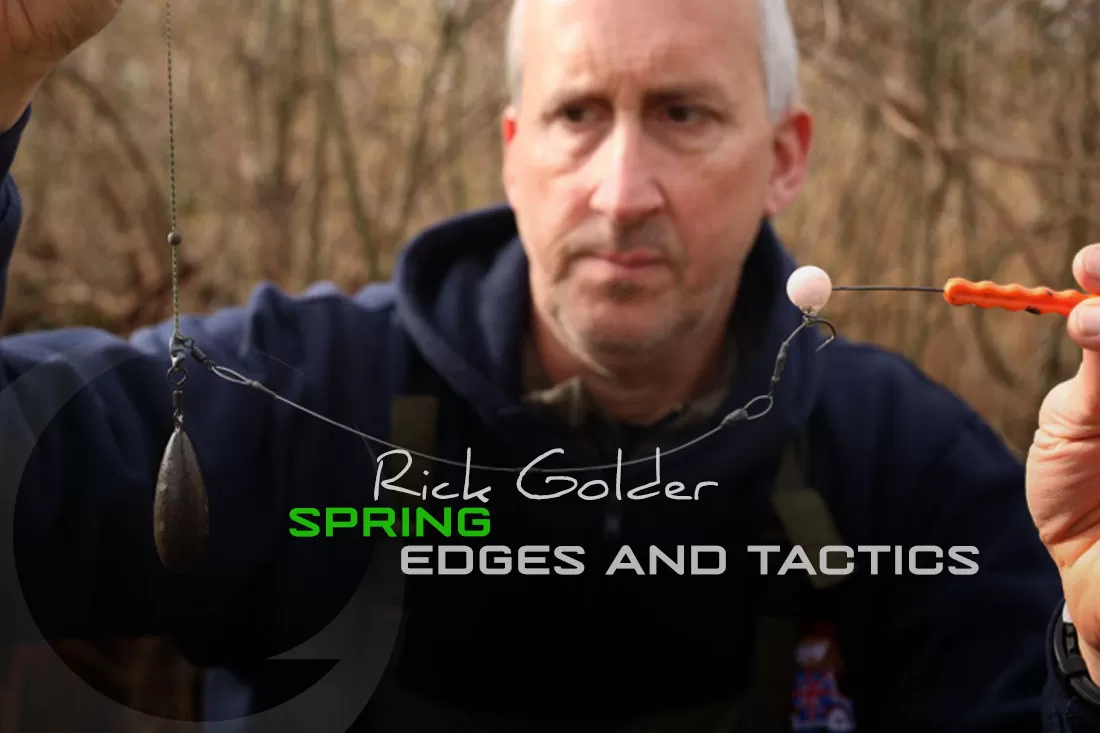
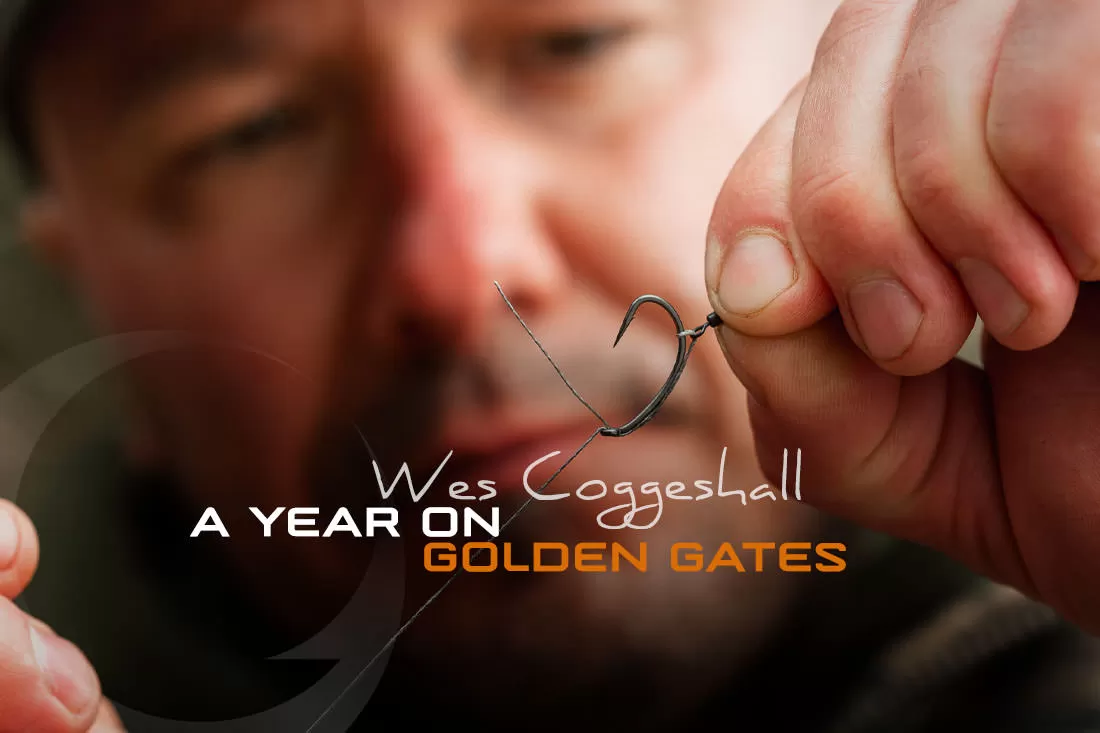
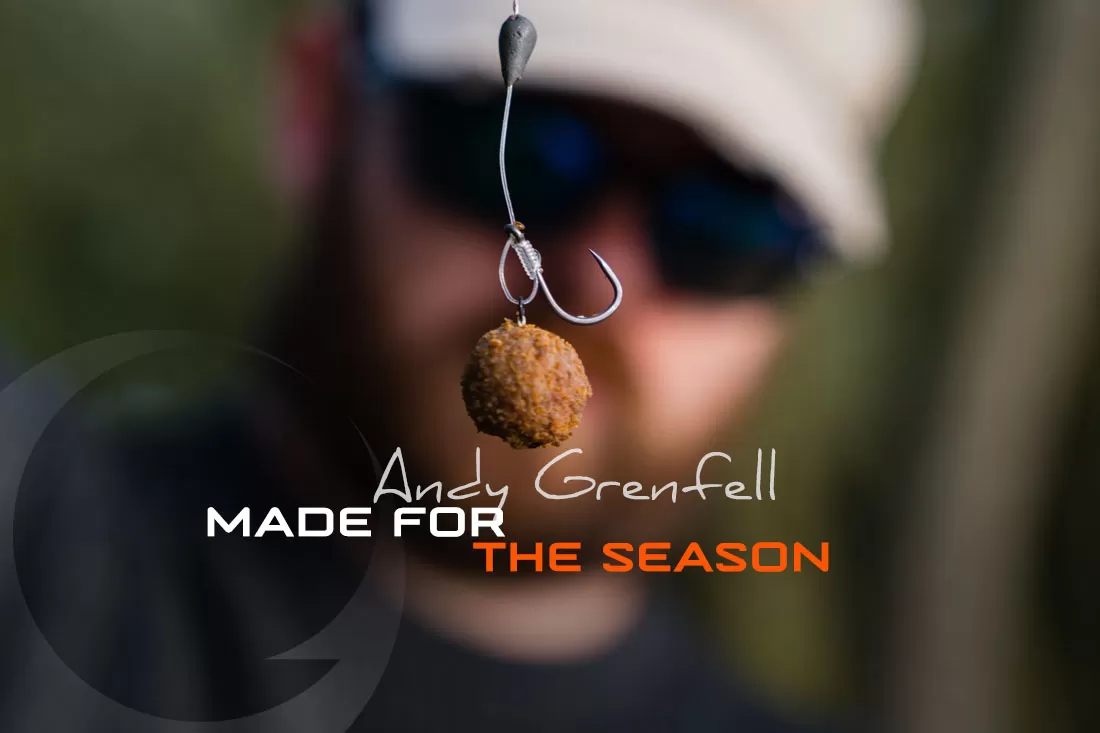
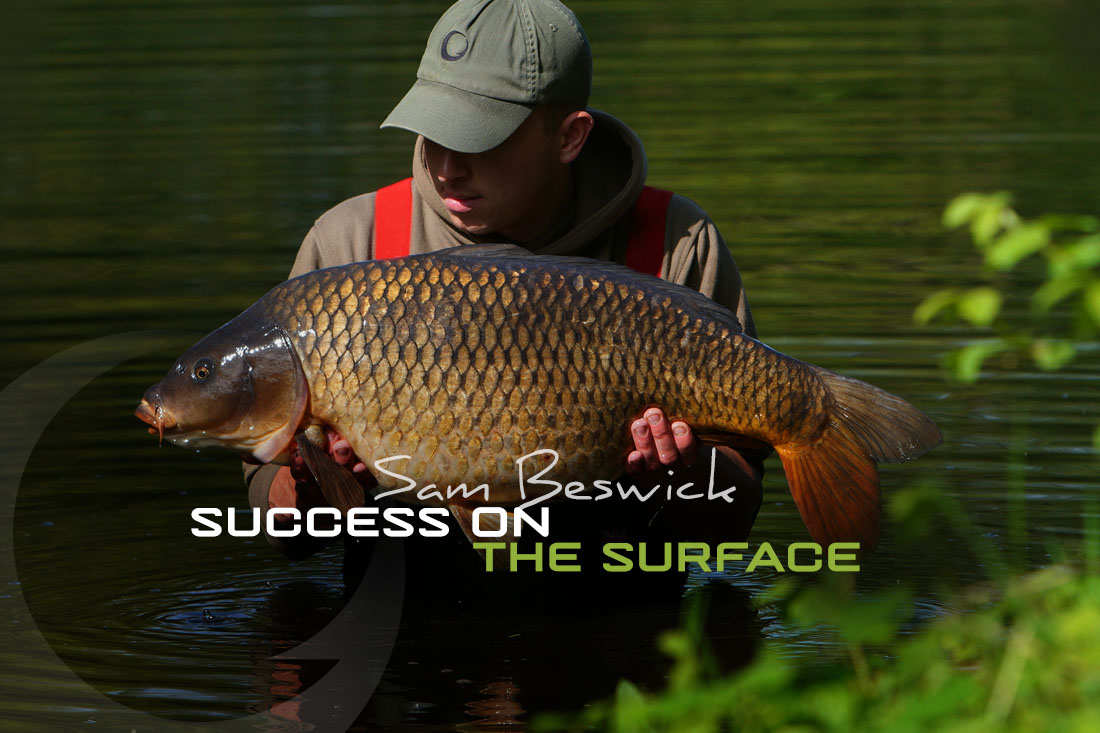
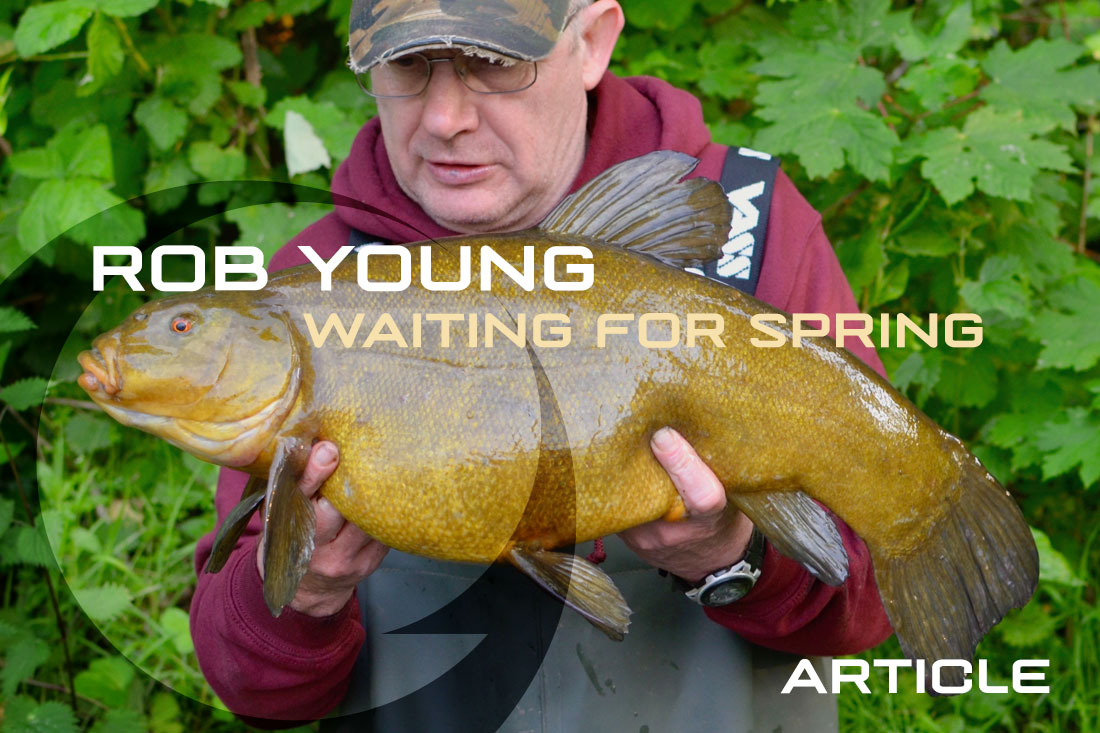
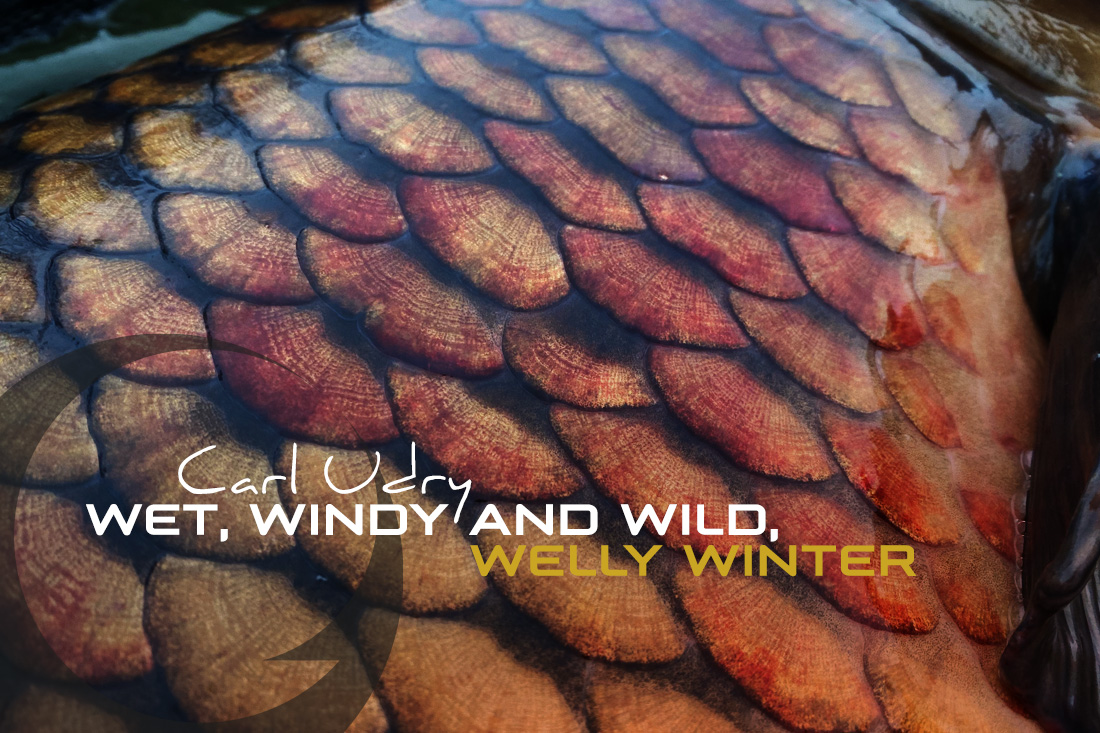
Great article enjoyed the read! And many times iam the same working 12 hours and only get evenings to fish starting at 6am sometimes it’s the last thing you want fishing but as the day goes on can’t wait to get to the waters edge! And all your hard work certainly paid off and made it well worth all the effort!